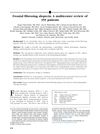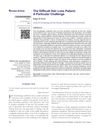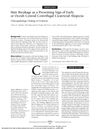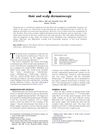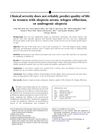Practice and Educational Gaps in Dermatology
June 2016
in “
Dermatologic Clinics
”
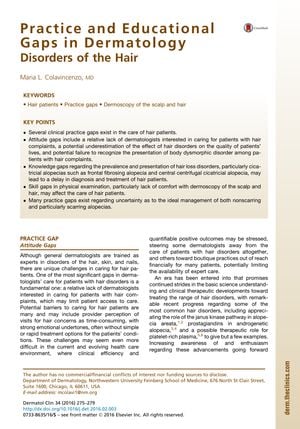
TLDR Dermatologists often neglect hair disorders due to complexity and lack of clear treatments, impacting patient care and highlighting the need for better education and interest in this area.
The 2016 document highlighted that dermatologists often displayed a lack of interest in treating hair disorders, which might stem from the perception that these cases are complex and emotionally taxing with no clear-cut treatments. This attitude overlooks the significant impact hair disorders have on patients' lives and the potential presence of body dysmorphic disorder (BDD) among these patients. There were identified knowledge gaps in the prevalence and presentation of hair loss disorders, particularly scarring alopecias like frontal fibrosing alopecia (FFA) and central centrifugal cicatricial alopecia (CCCA), which can lead to delayed diagnosis and treatment. Additionally, skill gaps, such as discomfort with dermoscopy of the scalp and hair, were noted to affect patient care. The lack of evidence-based treatment options for hair disorders poses a challenge, leaving many questions unanswered. These clinical practice gaps are reflected in dermatology residency programs, where residents may not receive adequate training or develop confidence in treating hair disorders. The document suggests that fostering awareness and enthusiasm for recent advancements in hair disorder treatments could help bridge these gaps.







